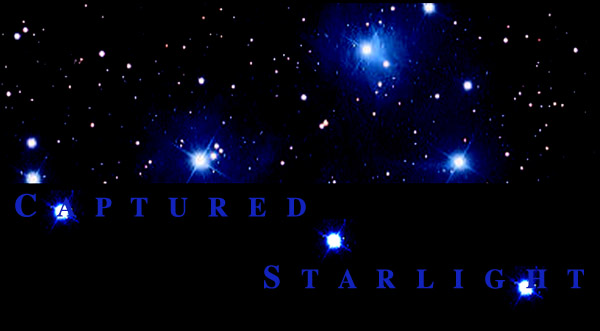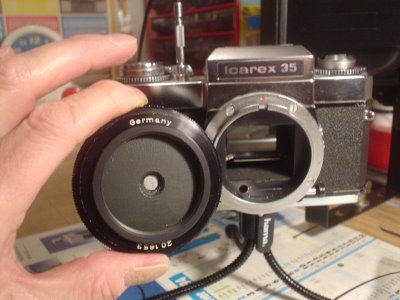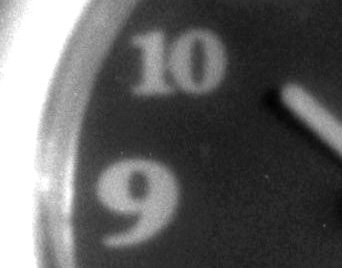
Here's my latest pinhole project - converting an Ansco Shur Shot box camera. This was even easier than the Foldex 20. The shutter had a single speed and no B setting- but it was easy to install a metal rod that blocks the shutter from firing through - thus converting it to a "B" shutter. As long as you hold the lever down, the shutter stays open; when you let go, it closes. An easy, reliable conversion.
 The inside of the camera with the film cone out. The pinhole is installed up in the recessed hole where the lens was. It's a 0.41 mm hole at ~ 100mm (f245). The pinhole is a beaut - I really took my time on it to make it a nice one.
The inside of the camera with the film cone out. The pinhole is installed up in the recessed hole where the lens was. It's a 0.41 mm hole at ~ 100mm (f245). The pinhole is a beaut - I really took my time on it to make it a nice one.  The film cone with empty take up spool. The camera takes 6x9 cm images on standard 120 roll film, so 8 shots per roll.
The film cone with empty take up spool. The camera takes 6x9 cm images on standard 120 roll film, so 8 shots per roll.  Here's the shutter open and a view of the pinhole from the front. I had to turn the flash off, so it's a little blurry.
Here's the shutter open and a view of the pinhole from the front. I had to turn the flash off, so it's a little blurry. Here's how to hold the shutter open for long exposures: a rubber band wrapped around the camera and looped over the shutter lever. If you get the tension right you can open or close the shutter and it will stay where you put it- open or closed. Low tech, but the camera ain't exactly high tech anyway.
Here's how to hold the shutter open for long exposures: a rubber band wrapped around the camera and looped over the shutter lever. If you get the tension right you can open or close the shutter and it will stay where you put it- open or closed. Low tech, but the camera ain't exactly high tech anyway. 
Here are some test pics:
 An old flowerpot on my deck - 30min exposure on ~25 year-old Kodak Panatomic X 32 ASA film (I got two rolls in a mixed lot of stuff I bought locally - it expired in 1984!)
An old flowerpot on my deck - 30min exposure on ~25 year-old Kodak Panatomic X 32 ASA film (I got two rolls in a mixed lot of stuff I bought locally - it expired in 1984!)
A shot off our back deck...

A blowup to show detail - the pinhole is working fine.
As with the Foldex, it's now on Ebay to fund the film habit... click the "Buy a pinhole" link in the sidebar to see the auction if you're interested!










